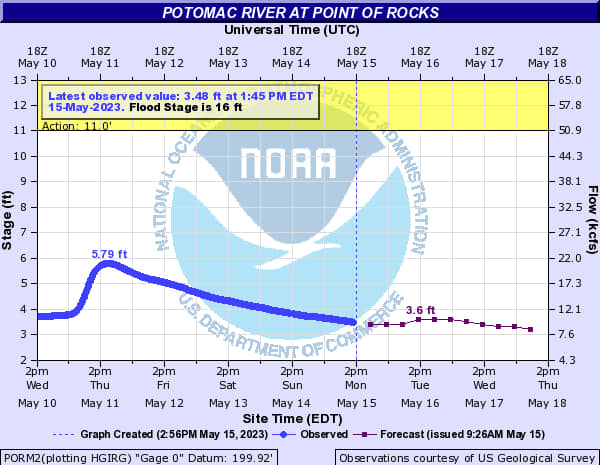The Smallies are spawning in many of our river systems. Smallies have a knack for being very aggressive by nature all the time but most especially leading into the spawn and guarding beds but afterward?
After the spawning season, Smallmouth Bass (Micropterus dolomieu) exhibit certain behaviors in river systems. Here are some common behaviors observed in Smallmouth Bass post-spawn:
Recovery: Following the spawning process, Smallmouth Bass often require time to recover from the physical exertion and stress of reproduction. They may retreat to deeper water or seek sheltered areas to rest and regain energy.
Migration: Smallmouth Bass tend to move from spawning areas to their summer habitats. They migrate towards deeper sections of the river, such as pools, riffles, or other structures that provide cover and access to food. They may travel upstream or downstream depending on the specific river system.
Feeding: Post-spawn, Smallmouth Bass resume their feeding activities. They become more active and voracious in search of prey. They primarily feed on small fish, crayfish, insects, and other aquatic organisms. They often focus on areas with abundant food sources, such as eddies, current breaks, and submerged structures.
Aggregation: Smallmouth Bass can congregate in certain areas after spawning. These aggregations are often related to food availability or specific habitat characteristics. Anglers refer to these locations as "bass holding areas" or "bass haunts." These areas may include deeper pools, submerged logs, large rocks, or other structures that provide cover and suitable conditions.
Territory Defense: Male Smallmouth Bass may continue to guard their nests and defend their territories post-spawn. They become more aggressive towards intruders, including other fish species, to protect their offspring until they reach a certain size or developmental stage.
Changes in Behavior: As the post-spawn period progresses, Smallmouth Bass may undergo shifts in behavior. They might become less predictable, more wary, or adapt to changes in water temperature, flow, or food availability. It's important for anglers to adjust their fishing techniques accordingly to effectively target post-spawn Smallmouth Bass.
It's worth noting that the specific behavior of Smallmouth Bass can vary depending on factors such as water temperature, river conditions, available food sources, and individual characteristics. Local knowledge, observation, and experience play crucial roles in understanding the behavior of Smallmouth Bass in a particular river system during the post-spawn period.
Just as different rivers demonstrate differing spawning behaviors in terms of location of beds which will surprise most anglers that do not fish the rivers regularly. Smallies will bed behind rocks in three to four feet of water even with swift current flow just as easily as go shallow and spawn. Often times many report an inability to locate Smallie beds because they are looking in the wrong places.
Post Spawn transitions can be methodical for Smallies and often this is when you will locate them one day and then they can disappear the next in your area. If you fish the Upper Potomac one of the biggest observations is that Smallies Post-Spawn will be seen in roaming packs of five bass moving typically to middle river areas using adjacent seams if current is present or isolate to rock on the bottom in pools of the deepest water that can be found.
For MD/VA anglers this is typically the Virginia side of the Potomac where deeper water and better grass exists in the Piedmont Section of the river running from Point of Rocks down to Little Falls.
#smallmoutharmy #jlscottfishing #bassfishing #riverfishing #smallmouthbass
You Tube : https://www.youtube.com/@J.L.ScottFishing
Facebook: https://www.facebook.com/JLScottFishing






